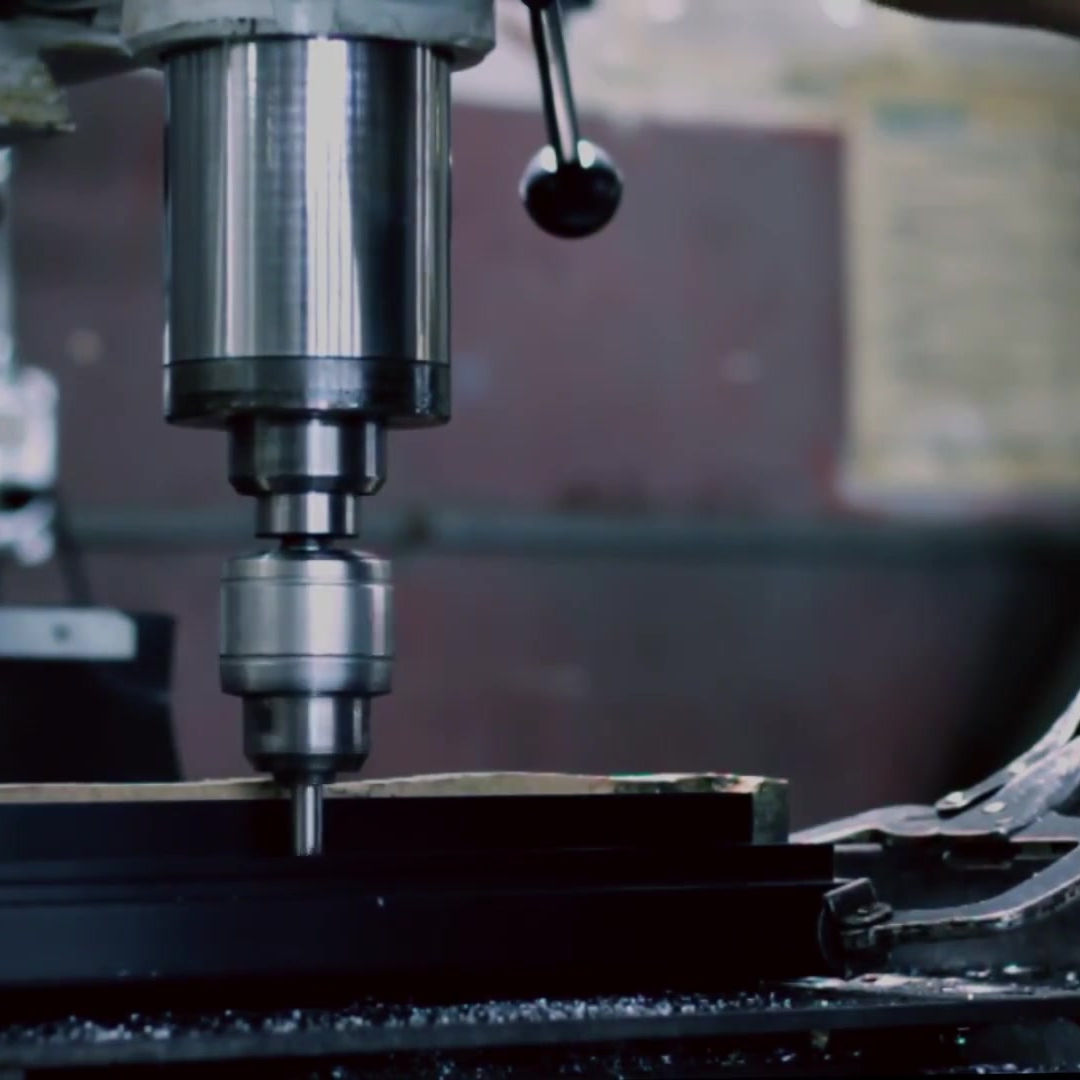


Global Custom Manufacturer, Integrator, Consolidator, Outsourcing Partner for a Wide Variety of Products & Services.
We are your one-stop source for manufacturing, fabrication, engineering, consolidation, integration, outsourcing of custom manufactured and off-shelf products & services. We also private label / white label your products with your brand name if you wish.
Choose your Language
-
Custom Manufacturing of Parts, Components, Assemblies, Finished Products, Machines and Industrial Equipment
-
Domestic & Global Contract Manufacturing
-
Manufacturing Outsourcing
-
Domestic, Global Procurement of Industrial Products
-
Private labeling / White Labeling your Products with your Brand Name
-
Product Finding & Locating Services
-
Global Design and Channel Partnership
-
Engineering Integration
-
Engineering Services
-
Global Consolidation, Warehousing, Logistics
Microwave Components and Systems Manufacturing & Assembly
We manufacture and supply:
Microwave electronics including silicon microwave diodes, dot touch diodes, schottky diodes, PIN diodes, varactor diodes, step recovery diodes, microwave integrated circuits, splitters/combiners, mixers, directional couplers, detectors, I/Q modulators, filters, fixed attenuators, RF transformers, simulation phase shifters, LNA, PA, switches, attenuators, and limiters. We also custom manufacture microwave subassemblies and assemblies according to users' requirements.
Please download our microwave components and systems brochures from the links below:
Antenna Brochure for 5G - LTE 4G - LPWA 3G - 2G - GPS - GNSS - WLAN - BT - Combo - ISM
Barcode and Fixed Mount Scanners - RFID Products - Mobile Computers - Micro Kiosks OEM Technology (We private label these with your brand name and logo if you wish)
Barcode Scanners (We private label these with your brand name and logo if you wish)
Microwave Flexible Cable Assembly
Microwave and Milimeter Wave Test Accessories Brochure (Cable assemblies, VNA Test Assemblies, Mechanical Calibration Kits, RF Coaxial Adapters, Test Port Adapters, DC Blocks, NMD Connectors....etc.)
Microwave Waveguides - Coaxial Components - Milimeterwave Antennas
(Straight Waveguide, Waveguide Bend, Waveguide to Coaxial Adapter, Directional Couplers, Waveguide Tee, Circulators, Isolators......etc.)
Printers for Barcode Scanners and Mobile Computers (We private label these with your brand name and logo if you wish)
(Broadband 90/180 Degree Hybrid and Coupler, Broadband Power Divider, Filter, RF switch, Broadband Amplifier, Broadband Frequency Synthesizer)
RFID Readers - Scanners - Encoders - Printers (We private label these with your brand name and logo if you wish)
Dowload brochure for our DESIGN PARTNERSHIP PROGRAM
Microwaves are electromagnetic waves with wavelengths ranging from 1 mm to 1 m, or frequencies between 0.3 GHz and 300 GHz.The microwave range includes ultra-high frequency (UHF) (0.3–3 GHz), super high frequency (SHF) (3–30 GHz), and extremely high frequency (EHF) (30–300 GHz) signals.
Uses of microwave technology:
COMMUNICATION SYSTEMS:
Before the invention of fiber optic transmission technology, most long distance telephone calls were carried via microwave point-to-point links through sites like the AT&T Long Lines. Starting in the early 1950s, frequency division multiplexing was used to send up to 5,400 telephone channels on each microwave radio channel, with as many as ten radio channels combined into one antenna for the hop to the next site, that was up to 70 km away.
Wireless LAN protocols, such as Bluetooth and the IEEE 802.11 specifications, also use microwaves in the 2.4 GHz ISM band, although 802.11a uses ISM band and U-NII frequencies in the 5 GHz range. Licensed long-range (up to about 25 km) Wireless Internet Access services can be found in many countries in the 3.5–4.0 GHz range (not in the USA however).
Metropolitan Area Networks: MAN protocols, such as WiMAX (Worldwide Interoperability for Microwave Access) based in the IEEE 802.16 specification. The IEEE 802.16 specification was designed to operate between 2 to 11 GHz frequencies. The commercial implementations are in the 2.3GHz, 2.5 GHz, 3.5 GHz and 5.8 GHz frequency ranges.
Wide Area Mobile Broadband Wireless Access: MBWA protocols based on standards specifications such as IEEE 802.20 or ATIS/ANSI HC-SDMA (e.g. iBurst) are designed to operate between 1.6 and 2.3 GHz to give mobility and in-building penetration characteristics similar to mobile phones but with much much greater spectral efficiency.
Some of the lower microwave frequency spectrum is used on Cable TV and Internet access on coaxial cable as well as broadcast television. Also some mobile phone networks, like GSM, also use lower microwave frequencies.
Microwave radio is used in broadcasting and telecommunication transmissions because, due to their short wavelength, highly directive antennas are smaller and therefore more practical than they would be at lower frequencies (longer wavelengths). There is also more bandwidth in the microwave spectrum than in the rest of the radio spectrum; the usable bandwidth below 300 MHz is less than 300 MHz while many GHz can be used above 300 MHz. Typically, microwaves are used in television news to transmit a signal from a remote location to a television station in a specially equipped van.
The C, X, Ka, or Ku Bands of the microwave spectrum are used in the operation of most satellite communications systems. These frequencies allow large bandwidth while avoiding the crowded UHF frequencies and staying below the atmospheric absorption of EHF frequencies. Satellite TV either operates in the C band for the traditional large dish Fixed Satellite Service or Ku band for Direct Broadcast Satellite. Military communication systems run primarily over X or Ku Band links, with Ka band being used for Milstar.
REMOTE SENSING:
Radars use microwave frequency radiation to detect the range, speed, and other characteristics of remote objects. Radars are widely used for applications including air traffic control, navigation of ships, and traffic speed limit control.
Besides ultrasonic decices, sometimes Gunn diode oscillators and waveguides are used as motion detectors for automatic door openers. Much of radio astronomy uses microwave technology.
NAVIGATION SYSTEMS:
Global Navigation Satellite Systems (GNSS) including the American Global Positioning System (GPS), the Chinese Beidou and the Russian GLONASS broadcast navigational signals in various bands between about 1.2 GHz and 1.6 GHz.
POWER:
A microwave oven passes (non-ionizing) microwave radiation (at a frequency near 2.45 GHz) through food, causing dielectric heating by absorption of energy in the water, fats and sugar contained in the food. Microwave ovens became common following development of inexpensive cavity magnetrons.
Microwave heating is widely used in industrial processes for drying and curing products.
Many semiconductor processing techniques use microwaves to generate plasma for purposes such as reactive ion etching (RIE) and plasma-enhanced chemical vapor deposition (PECVD).
Microwaves can be used to transmit power over long distances. NASA worked in the 1970s and early 1980s to research the possibilities of using Solar Power Satellite (SPS) systems with large solar arrays that would beam power down to the Earth's surface via microwaves.
Some light weaponry uses millimeter waves to heat a thin layer of human skin to an intolerable temperature to make the targeted person move away. A two-second burst of the 95 GHz focused beam heats the skin to a temperature of 130 °F (54 °C) at a depth of 1/64th of an inch (0.4 mm). The United States Air Force and Marines use this type of Active Denial System.
If your interest is in engineering and research & development, please visit our engineering site http://www.ags-engineering.com



















